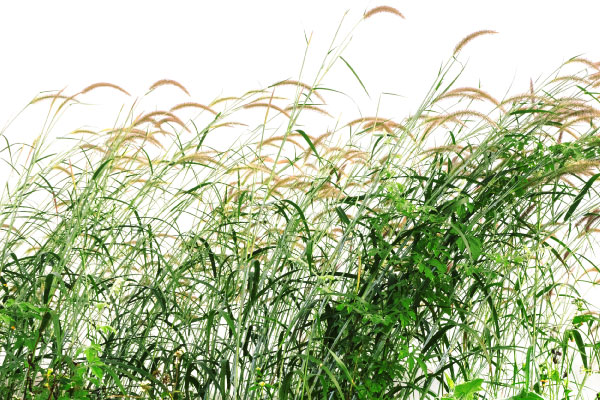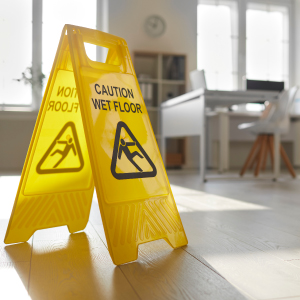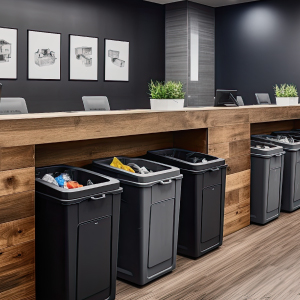An unwelcome downside to warm dry weather at this time of year is the increase in pollen which can create misery for people who suffer from hay fever or other allergies. In fact, around 37% of adults in the UK put up with symptom such as sneezing, itchy eyes, and runny noses when spring and summer come around.
And, for those who are really smitten, hay fever can be enough of a problem to really upset daily life and even disrupt sleep.
As hay fever is triggered by pollen particles that travel through the air, it’s impossible to ‘clean up’ outside, or stop pollen and other allergens from entering buildings at all. Even so, there are things we can do to minimise exposure to the particles that cause the allergic reaction and try to lessen their impact.
Prevention is usually better than cure, so rather than relying on medicines to help after the hay fever has hit, it’s a good idea to try and remove any triggers where possible to minimise it in the first place.
The unsavoury truth is that a lot of house dust is formed from tiny amounts of dead skin which, settles around the house. Combine that with open windows and drifting pollen and it’s little wonder that people suffer as they do when any movement that disturbs dust sends it up into the air ready to be breathed in.
One way to help is to dust with a damp cloth which actually collects the dust rather than dispersing it. Similarly, mopping a hard floor will collect dust far better than sweeping it into a dustpan, and again, without dispersing the particles. If you have carpets rather than hard floors, then vacuuming them thoroughly and often is the best method – using the attachments to get into the nooks and crannies while remaining upright and minimising contact with the trapped dust. The thicker the carpets, the more dust they are likely to trap.
It may sound obvious, but the more clutter there is, the more places there are for dust to settle, so minimal décor may help simply because there are fewer items to dust for trapped particles.
When the weather is hot and dry, many people want the windows open to help them sleep at night and to try and get a cooling current of air during the day. Of course, this gives pollen a direct route inside so frequent washing of bedclothes is arguably more important during the summer than winter. Pegging them out means they are likely to trap pollen which is then brought inside so the best way to dry them is over an airer but well away from the floor where dust will inevitably have settled.
Finally, even though it’s a more expensive option, it may be worth considering investing in an air purifier as they contain efficient filters which can remove dust inside the home.
So, to try and keep buildings allergy-free on the inside, these tried and tested cleaning methods should help minimise dust and while they can’t eliminate all allergens all the time, with a few changes and a bit of mindful cleaning, they should be able to help.







